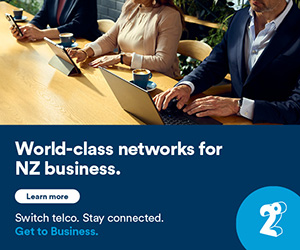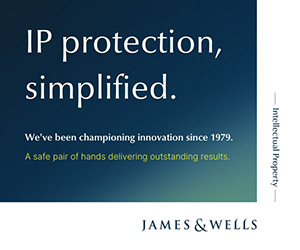Okay, so who’s made a New Year’s resolution?
Many people see the new year as a time to reflect, re-evaluate, set goals and take those first steps towards a new, improved version of themselves.
Your workforce is no different.
As festive indulgences catch up with us and we swear off sugar, alcohol and late nights, employers’ thoughts should also turn to sustainable, long term goals for keeping their workforce in tip-top shape.
Workforce planning means ensuring you have the right people, with the right skills, at the right time. It means not being understaffed, or overstaffed. And not getting caught short.
Sound about as achievable as abstaining from wine and chocolate for a whole year? It may not be 100 percent achievable, but with the right strategic planning, you can front-foot your business or organisation’s employment needs before they arise.
Well thought-out workforce planning can not only help you attract the right talent, it can help you develop the employees you already have to make the most of their strengths. And with the current tight employment market, that’s got to be a good thing, right?
Some things to consider:
Analyse your current talent pool
Take a deeper look at your workforce. Where does understaffing most typically occur? Is there a large turnover in one particular area? Do you have long-term employees who are nearing retirement age? Are there employees who could move up the ranks, or sideways?
Look to the future
Align your current employees’ skillsets with the strategic direction of your business or organisation. What projects do you have coming up? What skill deficiencies do you have in fulfilling these? Can you outsource any of the upcoming work?
Make a plan
Once you have identified any gaps in your current and future staffing needs, it’s important to put a plan in place. That could involve developing current employees through additional training, or hiring new employees. If you are recruiting, how many people do you need? And what will your recruitment process look like?
Workforce planning is a wider function than just HR. It involves multiple departments, from the financial to the marketing team. Call on the in-house expertise, knowledge and experience you need to get it right.
Evaluate and re-evaluate
Workplaces are constantly evolving, and with them workforce requirements. It’s important to regularly revisit your plan, and evaluate whether it’s achieving its intended purpose. Any failings will provide important insights into how you can fine-tune your strategy going forward.
If this all sounds like common sense – that’s because it is. But it’s surprising how many businesses take a knee-jerk approach to staffing, which can be both inefficient and costly.
Planning ahead means you can anticipate both realistic timeframes and costs. Now that’s a New Year’s resolution worth keeping.














